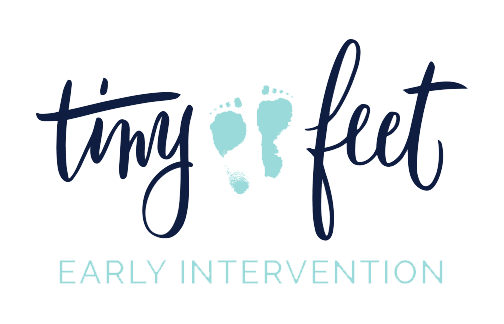In Early Intervention, we use activity-based learning which simply means we assist families in creating learning opportunities by embedding curriculum items in naturally occurring routines, activities, and settings. So when you sit down to play with your child, how do you decide what to play?
Picking the Right Activity: Questions to ask yourself
What developmental milestone do we want to work on? In Early Intervention, we always work on skills that are important to the family and their daily routines. So think about it, what is important to you? What would you like to see your child doing?
To further help with selecting the developmental milestone you would like to address, think through: Is this skill developmentally appropriate? The CDC offers excellent resources on developmental milestones by age. Definitely check it out if you are not sure what you could be working on with your child!
In addition and closely related to the last question: Is this an emerging skill for my child? Your child is not going to go from rolling over to walking. Instead, an appropriate milestone to work on after your child is rolling over might be sitting with support. All children develop at different rates, so while developmental appropriateness is important, determining the next skill in the progression of developmental milestones is critical.
What is the best way to teach this skill?
Do we need a toy? 90 percent of preschool children’s play in the United States involves a toy. However, don't let this rule out other opportunities during play. For example, when a baby is learning to crawl, placing a toy he or she loves just out of reach is a great method to encourage crawling. However, you can switch it up by offering a yummy snack (my kids were always motivated by puffs) or simply the smile on your face your arms outstretched as you verbally encourage your child to crawl towards you. So be creative!
If you decide you do need a toy, think through your child's interests. Professor Trawick-Smith (Professor of Early Childhood Education at the Center for Early Childhood Education at Eastern Connecticut State University in Willimantic, Connecticut) found "many of the toys nominated by parents and teachers that were used most often and in the most complex ways by boys. This included items that seemed gender-neutral from an adult perspective. What set the highest-scoring toys apart was that they prompted problem solving, social interaction, and creative expression in both boys and girls. Interestingly, toys that have traditionally been viewed as male oriented—construction toys and toy vehicles, for example—elicited the highest quality play among girls." ("What the Research Says: Impact of Specific Toys on Play") Remember when selecting toys, that blocks, Legos, etc, are not just for boys!
In addition, Professor Trawick-Smith gave one rule of thumb for families in selecting toys that emerged from his studies- Basic is better! ("What the Research Says: Impact of Specific Toys on Play")
Continue monitoring the effectiveness of the toy. Some toys have a powerful influence on children’s thinking, interaction with peers, and creative expression. Other toys do not. Once toys are selected, teachers can carefully observe their impact on children’s play. Do toys elicit a good balance of play behaviors, across social, intellectual, and creative areas of development? ("What the Research Says: Impact of Specific Toys on Play")
I hope this blog post has gotten you thinking about what you would like your child to begin working on and brainstorming activities and/or toys you could use to begin working with your child on these skills. Going forward in this series we still will be taking a look at how to scaffold learning during play, some great places to find toys, and some of my favorite toys you can use to address different developmental milestones!
Resource
What the Research Says: Impact of Specific Toys on Play | National Association for the Education of Young Children | NAEYC. (n.d.). Retrieved January 12, 2017, from http://www.naeyc.org/content/what-research-says-toys-and-play





